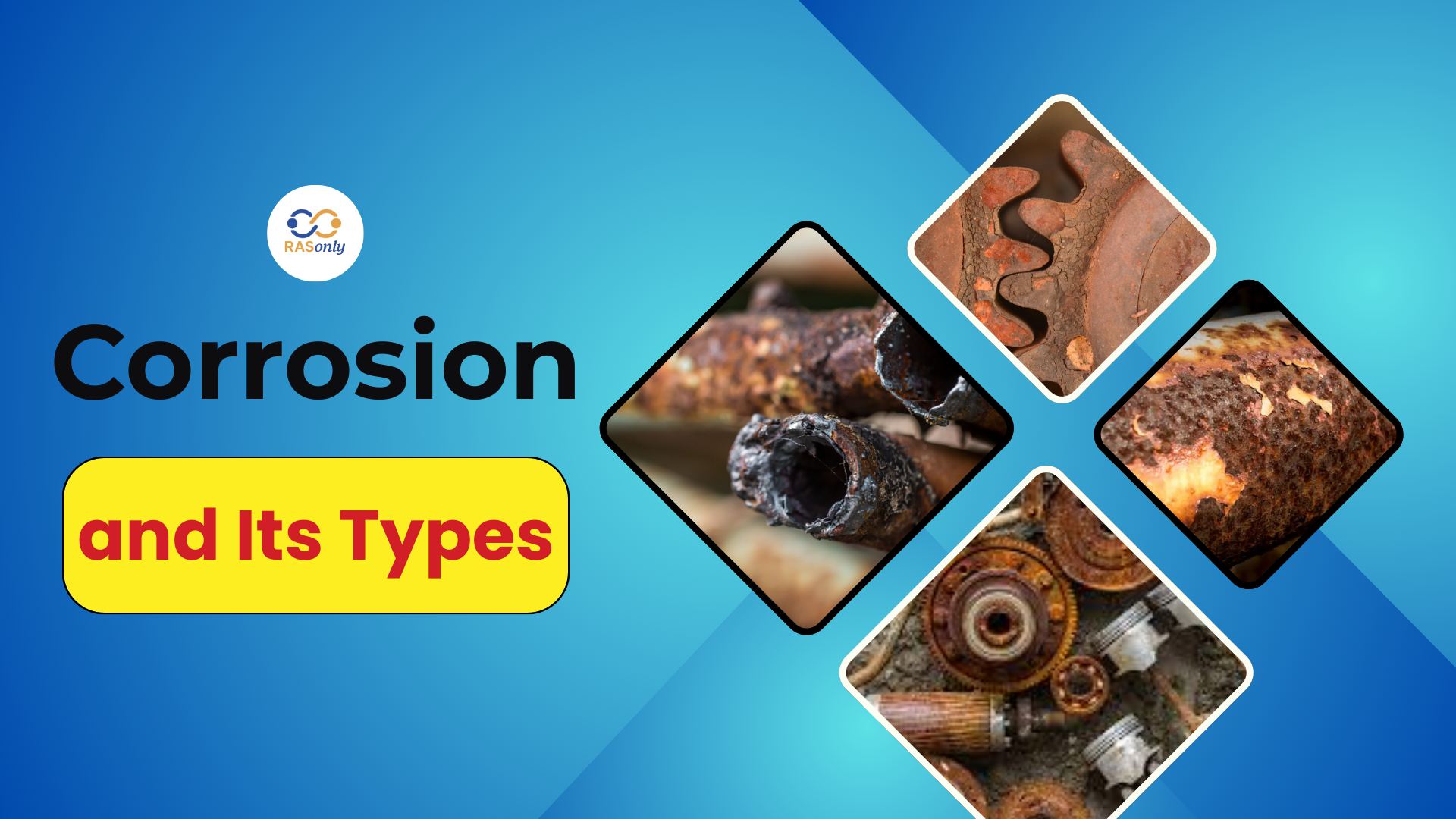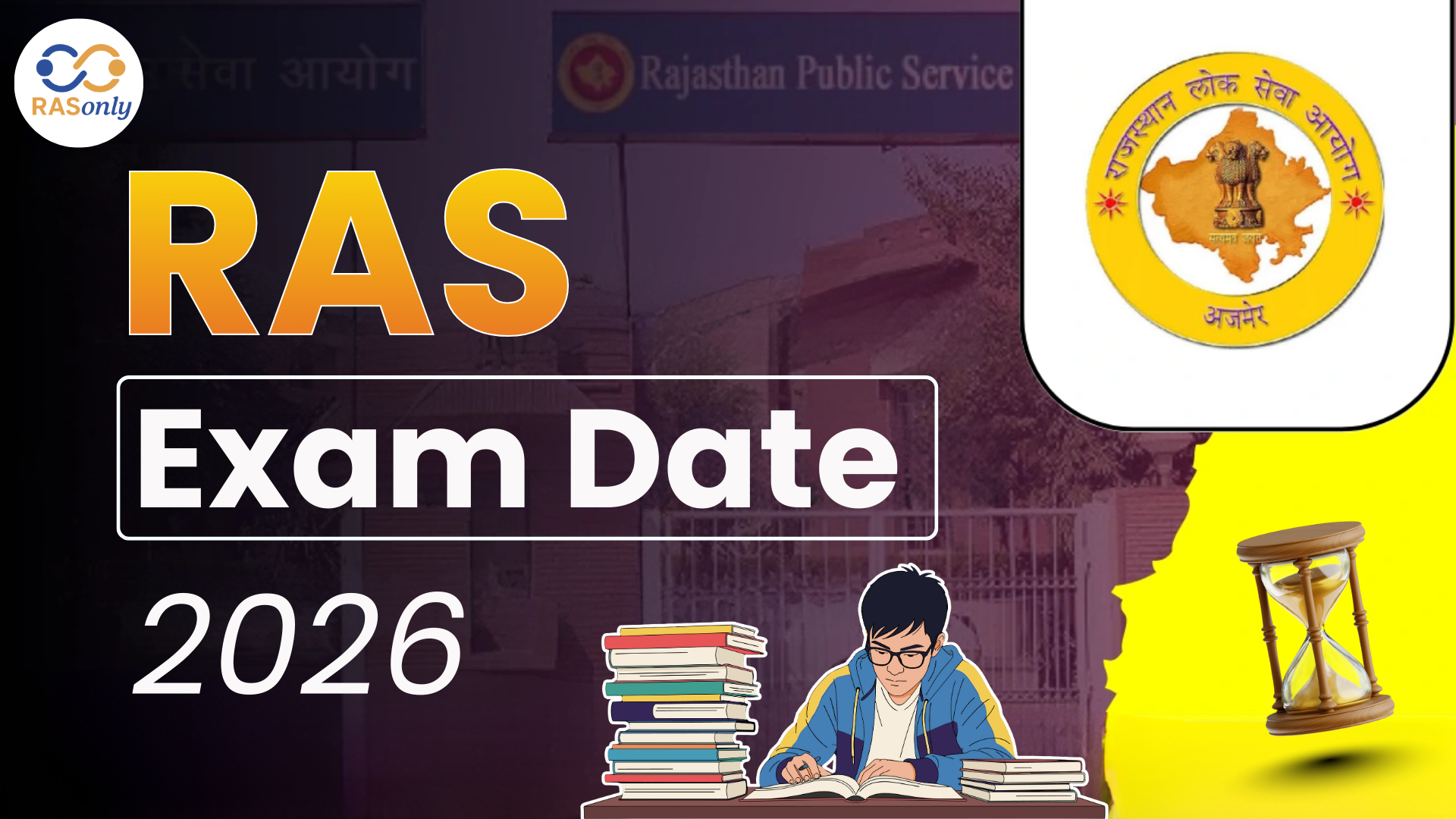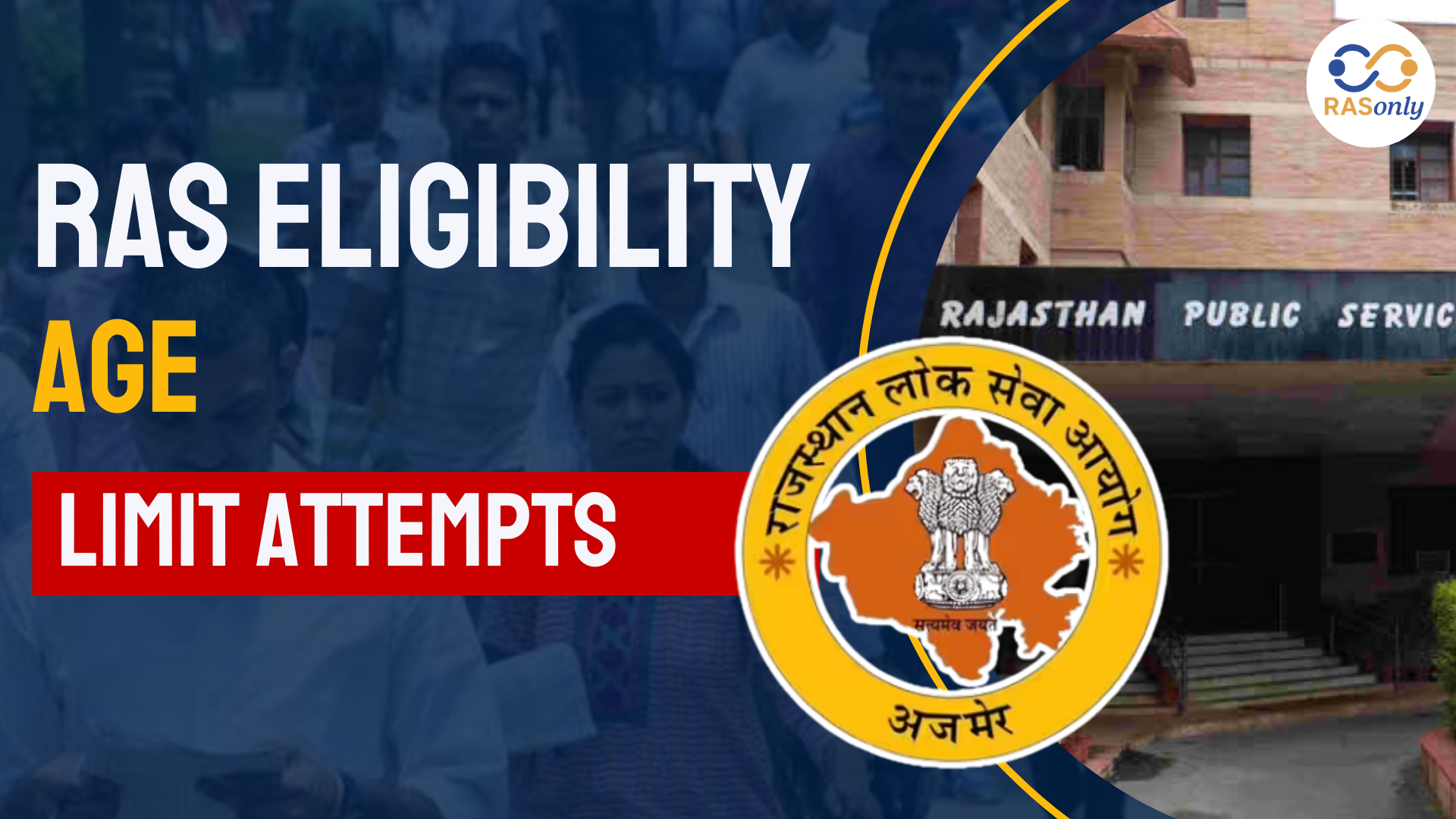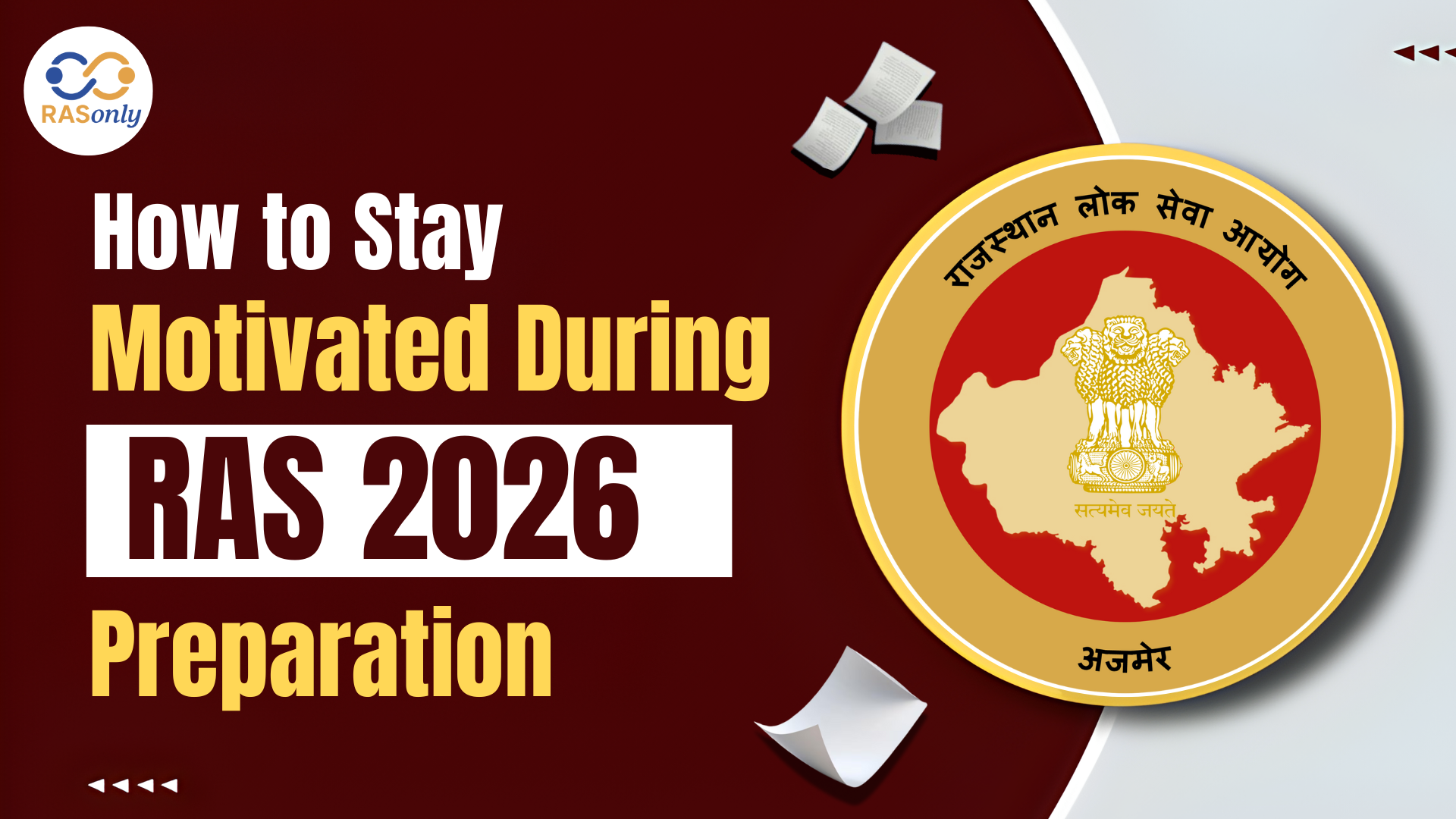RAS Exam Date 2026 for Notification, Prelims, Mains Date
- >
- RAS Preparation Resources
- >
- What is corrosion and its types?
What is corrosion and its types?


In engineering, infrastructure and manufacture, corrosion is a serious problem because it determines the strength of materials and structures built with metal. It may either be induced by natural environmental challenges, mechanical forces, or chemical interactions, leading to degradation of materials and may break out on disastrous grounds. It is essential to be able to understand its causes and types along with methods of its prevention to ensure the safety and efficiency of the metallic systems.
Key Highlights for RAS Mains
What is corrosion?
- Corrosion is simply the natural wear of the metals when the metals have reacted with the environmental elements like the air, moisture and pollutants.
- It causes the metals to be converted into more stable forms such as oxides or hydroxides or sulfides.
- It is electrochemical and chemical and results in the degradation of such metal properties as strength and beauty.
- Corrosion takes different forms and it may affect safety and durability of metal constructed buildings.
- Inhibition of corrosion, in industries, infrastructure and preventing materials from being damaged, is important.
Types of Corrosion
- Uniform Corrosion: uniform rust formation on the overall surface.
- Erosive Corrosion: It is caused by mechanical wear as a result of flowing fluids.
- Fretting Corrosion: Fretting takes place where there are points of contact of the joined materials.
- Corrosion Fatigue: A product of recurrent force in a corrosive atmosphere.
- Intergranular Corrosion: leads to corrosion along grain boundaries usually as a result of improper heat treatment or welding operation.
Corrosion Causes:
- Environmental: Oxygen, moisture and exposures to gaseous or liquid chemical pollutants such as CO2, SO2, H2S.
- Mechanical: The stress, strain and pressure of the metals, could accelerate corrosion.
- Electrochemical: Oxidation occurs in the process of reaction between metals and liquids (e.g., water or salt).
Examples of Corrosion
- Iron: It rusts in the reaction with water and oxygen (Fe2O3).
- Copper: Green Chemical patina (CuCO3) is formed when it reacts with CO 2 and moisture.
- Silver: Tarnishing as a result of a reaction with the sulfur compounds (Ag2S).
Prevention Methods:
- Electroplating: Depositing on metal a thin covering of some other more weather-resistant material.
- Galvanization: coating of iron or steel with a layer of zinc to protect against rust.
- Painting and Greasing: Metal surface protection These protection techniques keep the metal surfaces out of contact with moisture and air.
- Corrosion Inhibitors: These are chemical compounds that weaken the rate of corrosion.
- Material Selection: Pick metals such as stainless steel or aluminum, so that they do not rust.
Effect of Corrosion:
- Makes structures and various materials weak causing possible failures.
- It leads to wastage of natural resources and causes high levels of maintenance costs.
- Use aggravates safety hazards, particularly in systems of strategic importance, such as swerving lines and bridges.
Conclusion for RPSC
The problem of corrosion is particularly broad and poses danger to the integrity and life span of metal structures. The impact of it can be substantially decreased by learning its reasons, varieties, and ways of preventing it. To sustain infrastructure, guarantee security and prolong the lifespan of materials in different industries, effective management of corrosion is very crucial.
Post Category
- RAS Salary
- Result
- RAS Admit Card
- RAS Job
- RAS Cutoff
- Preparation Tips
- RAS Answer Key
- RAS Exam Analysis
- RAS Syllabus
- RAS Previous Year Papers
- RPSC RAS Exam Pattern
- RAS Interview
- RAS Mains Exam Date
- RAS Vacancy
- RAS Test Series
- RAS Best Books
- RAS Preparation Resources
- RAS Coaching Centre
- History
- Polity
- Geography
- Economics
- Science
- Art and Culture
- RPSC RAS Application Form
- RPSC RAS Notification
RASonly Interview Guidance Program

Mr. Ashok Jain
Ex-Chief Secretary Govt of Rajasthan
- IAS officer of the 1981 batch, Rajasthan cadre.
- Passionate about mentoring the next generation of RAS officers with real-world insights.
- Got retired in Dec 2017 from the post of Chief Secretary of the state of Rajasthan.

Mr. Guru Charan Rai
Ex-ASP / SP in Jaisalmer
- Guru Charan Rai, IPS (Retd), retired as Inspector General of Police (Security), Rajasthan, Jaipur in 2017.
- Served as ASP and SP in Jaisalmer, Nagaur, Sri Ganganagar, Sawai Madhopur, Dausa, Sikar, and Karauli.
- He also held key positions as DIGP and IGP in the Law and Order division.

Mr. Rakesh Verma
Ex-IAS Officer, B.Tech, MBA, and M.A. (Economics)
- IAS officer of the 1981 batch and retired in Chief Secretary Rank.
- Civil servant of high repute and vast experience.
- Has been teaching UPSC CSE subjects for the last six years.
Related Post
👉🏻 Register Today to Join Classes! 👍🏻
- Team RASOnly -
🎯 Benefits of RASOnly Coaching:
- ✅ 1:1 Mentorship with RAS Officers
- ✅ Experienced and Expert Faculty
- ✅ Free Library Access
- ✅ Daily Minimum 4 Hours Must
- ✅ Comprehensive Study Material
- ✅ Regular Tests & Performance Analysis
- ✅ Personalized Guidance & Doubt Solving
- ✅ Online & Offline Class Options
- ✅ Affordable Fees with Quality Education
Key Highlights:
- 👉🏻 3-Day Refund Policy
- 👉🏻 New Batch Starting from 04 August
- 👉🏻 Registration Amount: Only ₹1000





